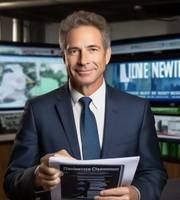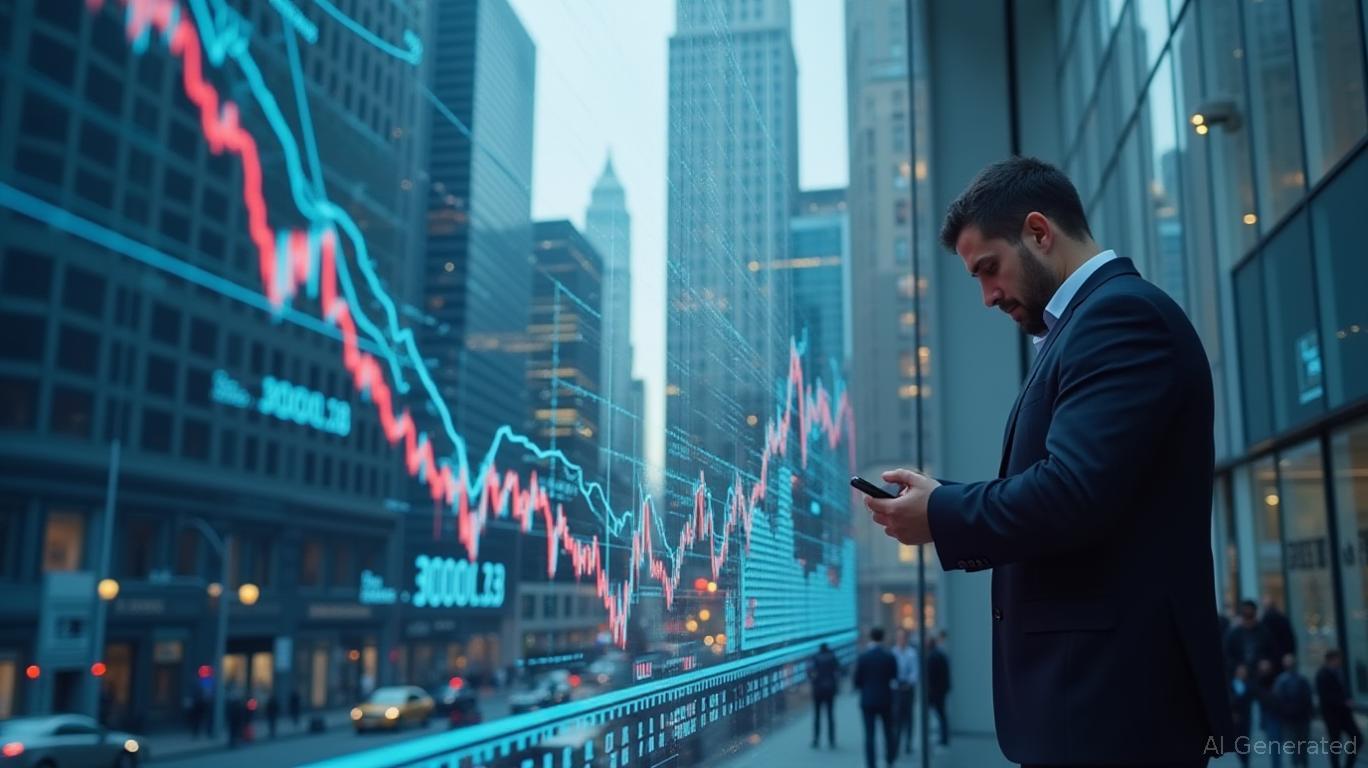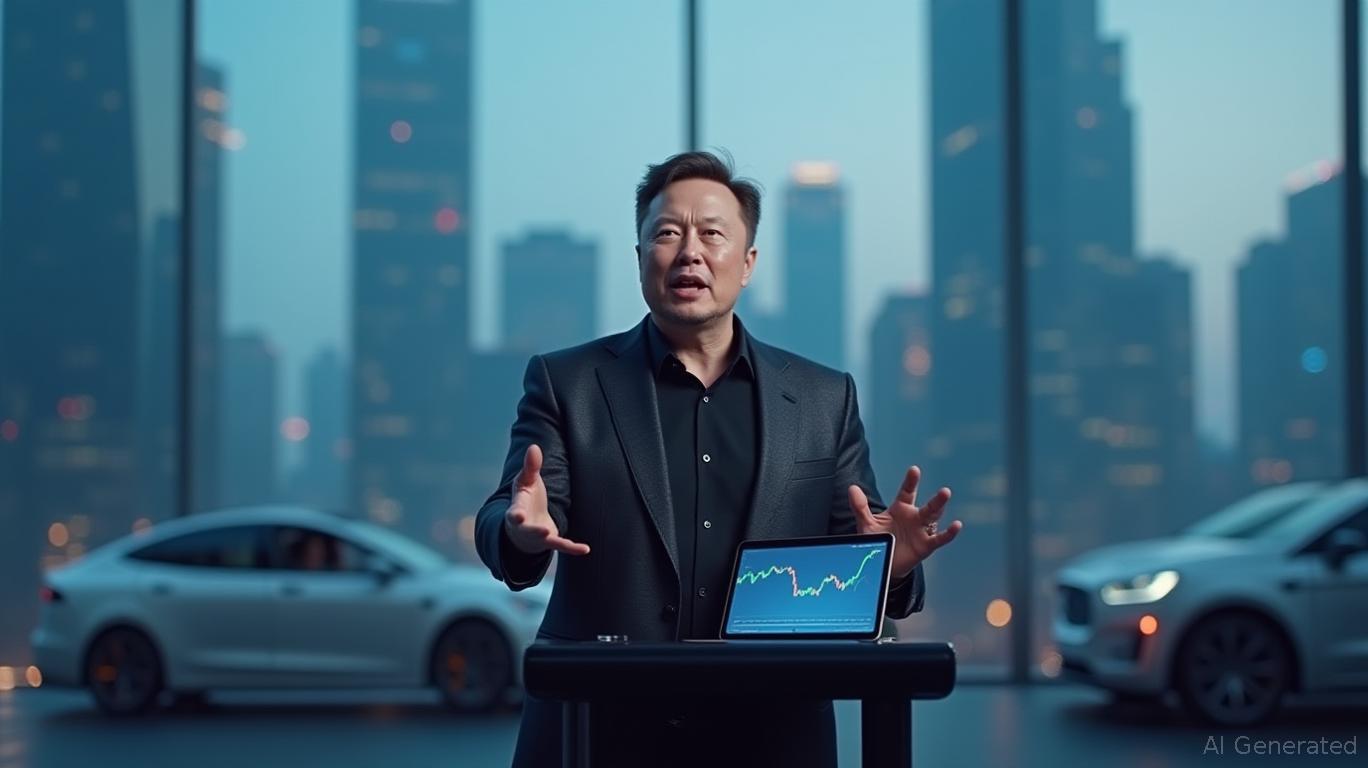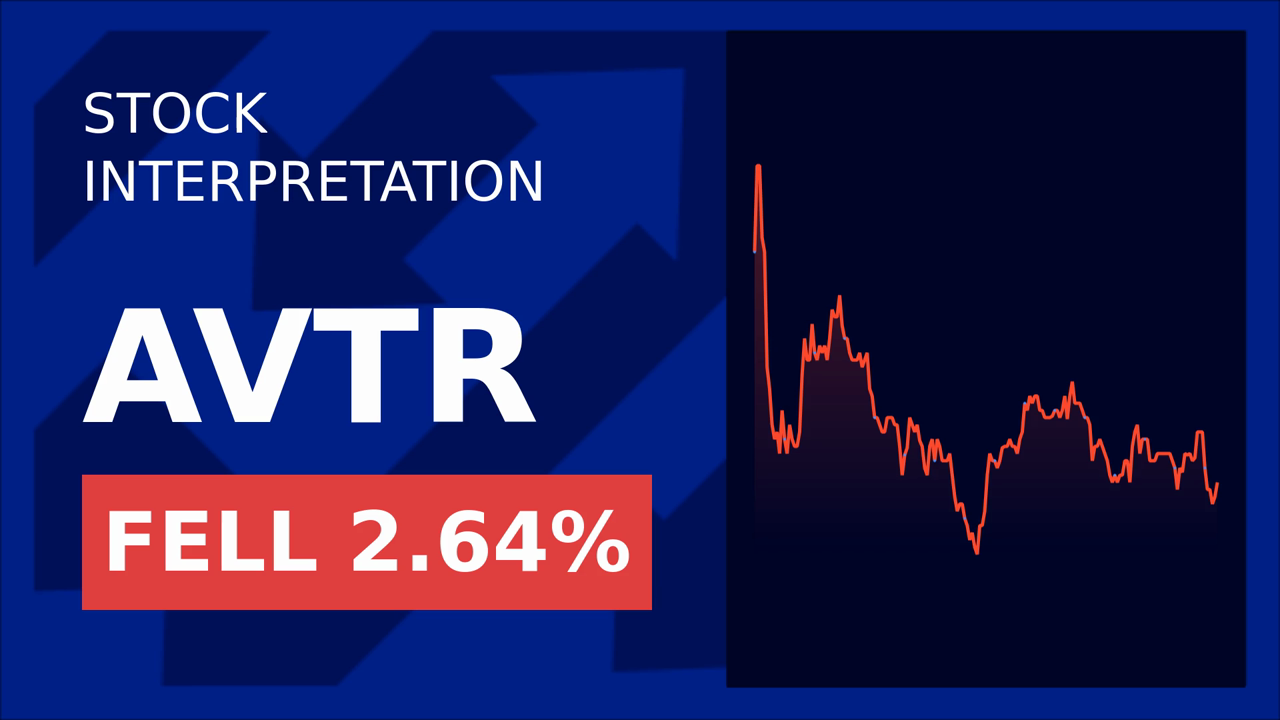Avantor's Leadership Transition Amid Slowing Sales Sparks Concern
The announcement that avantor CEO Michael Stubblefield will step down following the appointment of a successor has sent the company’s stock plunging, highlighting a pivotal moment for the life sciences tools provider. With the company facing its lowest stock price in five years and revised financial guidance, the transition underscores both strategic opportunities and significant risks for investors.

The Resignation Details
Stubblefield, who has led Avantor since 2014, will remain until February 2026 to assist the incoming CEO, with the Board of Directors expediting the search for a successor. The transition was described as “mutually agreed upon,” emphasizing the Board’s desire to identify a leader with a “proven track record of growth and value creation.” The search, led by an executive firm, prioritizes candidates who can leverage Avantor’s “durable and resilient platform,” including its global supply chain and expanding product portfolio.
Financial Struggles Complicate the Transition
The timing of Stubblefield’s exit coincides with Avantor’s first-quarter 2025 results, which revealed a 6% year-over-year decline in net sales to $1.58 billion—missing analyst estimates. The drop was driven by reduced demand in education and government sectors due to policy changes, as well as softer-than-expected performance in bioscience production.
The company revised its 2025 outlook, projecting organic revenue growth of -1% to +1% (down from a prior +1% to +3% range) and narrowing its adjusted EBITDA margin guidance to 17.5%-18.5%. These cuts reflect the challenges of a macroeconomic environment where customers in key sectors are scaling back spending.
Strategic Moves to Offset Declines
In response, Avantor has escalated its cost-cutting efforts, expanding its savings target to $400 million annually by 2027 (up from $300 million by 2026). The company is also investing in digital upgrades to its e-commerce platform and forging partnerships—such as with Abcam and FUJIFILM Irvine Scientific—to bolster its Lab Solutions segment, which accounts for 68% of revenue.
Market Reaction and Risks
Investors reacted harshly to the news, driving Avantor’s stock down 16% on the announcement—the lowest level in five years. Analysts cite concerns over both the leadership transition and the company’s ability to reverse declining sales. The Lab Solutions division, which fell 8% in Q1, remains particularly vulnerable due to policy-driven demand shifts in education and government markets.
The Successor’s Crucial Role
The new CEO will inherit a company at a critical crossroads. While Avantor’s global scale and diversified portfolio provide a strong foundation, the incoming leader must navigate several challenges:
- Policy Uncertainty: Funding cuts in key sectors could persist, requiring aggressive cost discipline.
- Competitive Pressures: Rivals like Thermo Fisher Scientific and Danaher are expanding in life sciences tools, intensifying competition.
- Balance Sheet Health: The revised guidance reflects a need to deleverage debt, which stood at $3.2 billion as of Q1 2025.
Conclusion: A High-Stakes Transition
Avantor’s future hinges on two interdependent factors: the effectiveness of its cost-cutting and strategic initiatives, and the quality of its new CEO. The company’s $400 million savings target and digital investments aim to stabilize margins, but these measures alone may not offset the 8% revenue decline in its core Lab Solutions business.
Investors should closely monitor the CEO search process and the incoming leader’s ability to execute growth strategies. With shares now trading at a 5-year low and the stock down 43% over the past 12 months, the market is pricing in significant execution risk.
Ultimately, Avantor’s trajectory will be determined by whether the new CEO can reignite top-line growth in a challenging environment—a task that will require both strategic acumen and operational discipline. For now, the company’s fate remains in the balance, with investors holding their breath until a successor is named.










